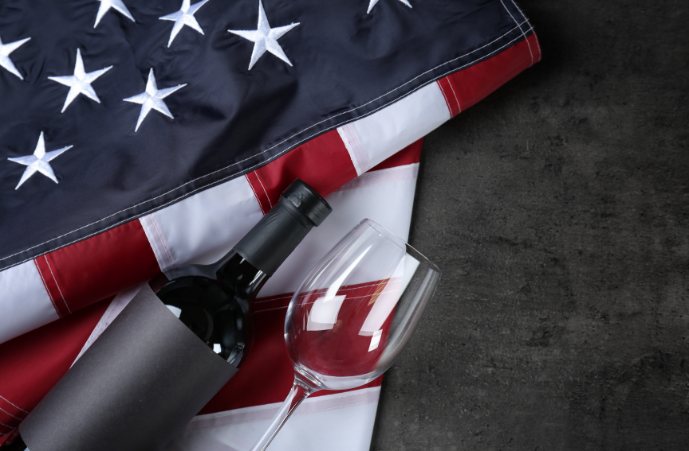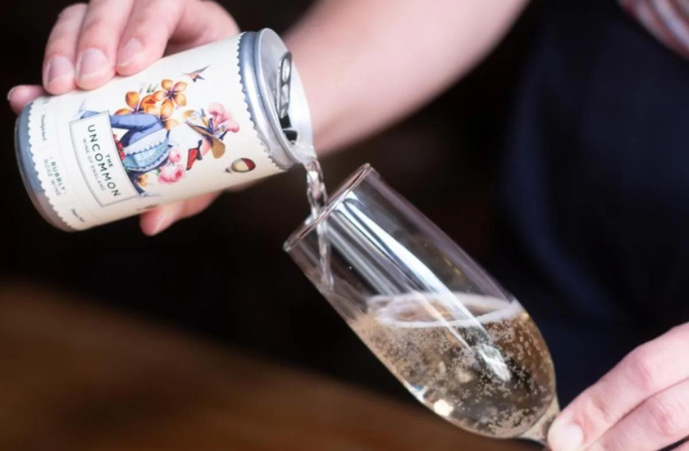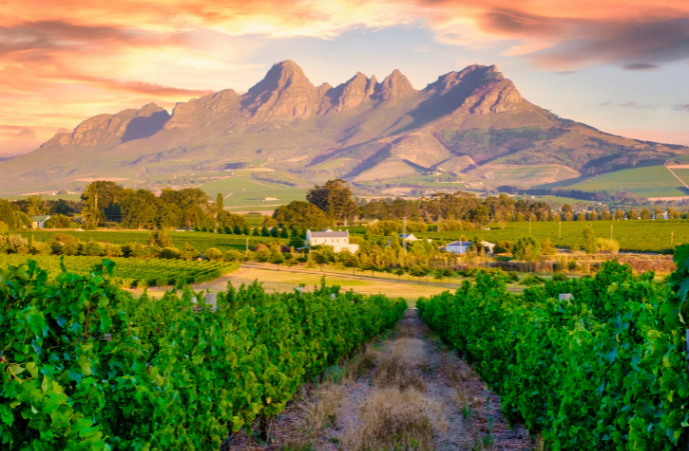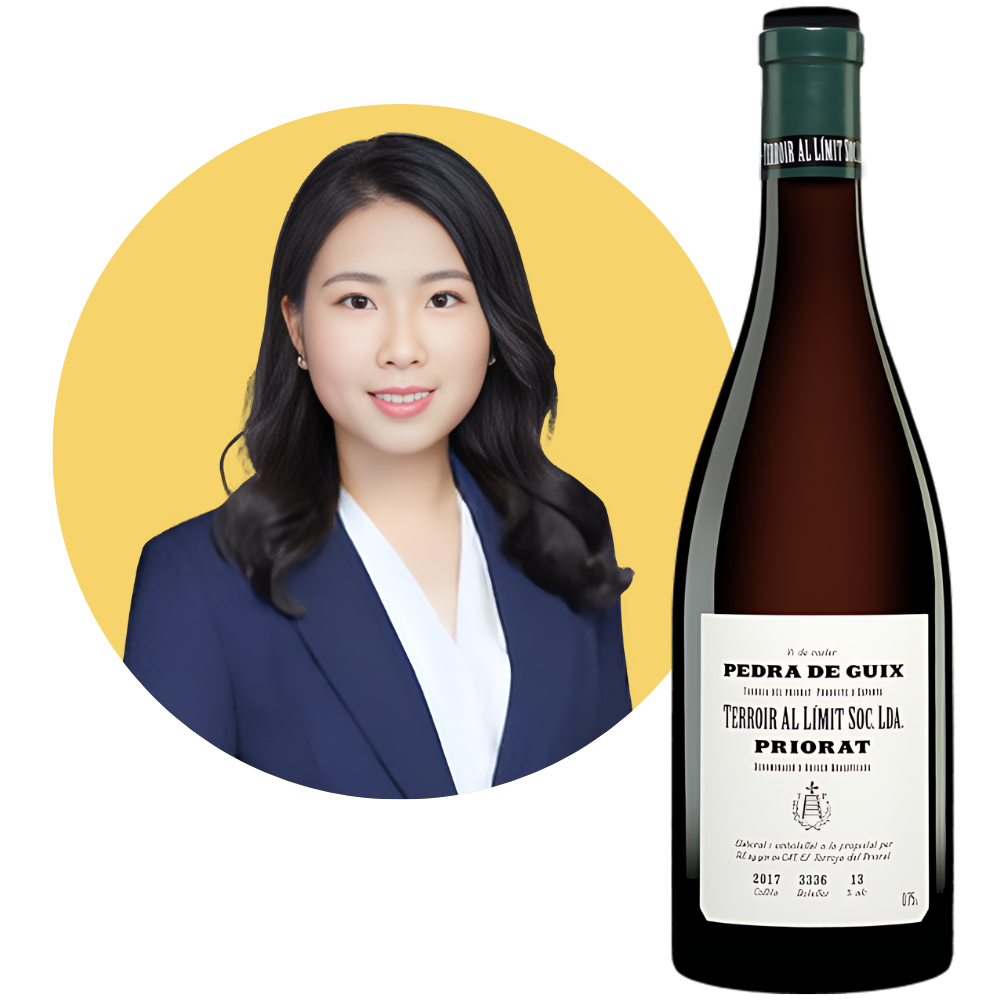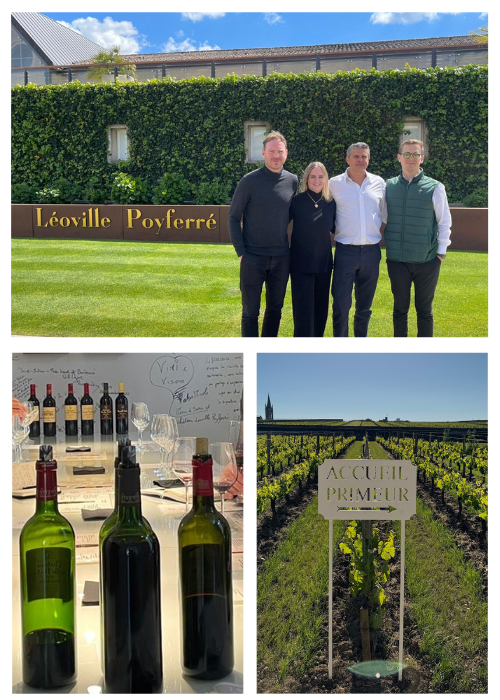Timing Variations and Their Impact
The timing of grapevine stages varies within regions due to local climatic conditions. Coastal areas may experience milder winters and earlier springs compared to inland regions, affecting bud break and harvest times. In the Northern Hemisphere, spring frosts during bud break are risky, particularly in regions like Burgundy. In contrast, Southern Hemisphere regions might face challenges such as early autumn rains affecting the harvest.
The seasonal offset between the hemispheres allows for a continuous global supply of fresh wines and provides opportunities for winemakers to travel and exchange knowledge across regions. Understanding these timing and regional differences highlights the intricate balance required in viticulture and the unique characteristics of wines from different parts of the world.
Stage 1: Dormancy
Northern Hemisphere: December-March
Southern Hemisphere: July-September
During dormancy, following leaf fall after the harvest, grapevines appear as mere woody twigs. Internally, minimal activity occurs during this winter period, but significant tasks are undertaken by winemakers, including pruning the previous year's canes and selecting the best canes for new shoots. Pruning is crucial for managing the vine's growth and ensuring the plant's health. In very cold regions, vines may be buried to protect them from severe weather. This practice, known as "hilling up," involves covering the vine's base with soil to insulate it from freezing temperatures.
Stage 2: Bleeding & Bud break
Northern Hemisphere: March-April
Southern Hemisphere: September-October
In early spring, sap from pruning cuts, known as 'bleeding,' signals the start of bud break and the vine's lifecycle. This sap flow is a positive sign indicating that the vine is coming out of dormancy and beginning to transport nutrients again. The initial buds are incredibly delicate, making them vulnerable to spring frosts, which can be devastating, as seen during the 2016 hailstorms in Beaujolais, France. To mitigate frost damage, some vineyards employ methods such as using wind machines, heaters, or even spraying water to create a protective layer of ice on the buds.
Stage 3: Shoot & Leaf Growth
Northern Hemisphere: March-May
Southern Hemisphere: September-November
As temperatures rise, new shoots emerge and grow rapidly. Some viticulturists prune downward-facing shoots to ensure upward growth, which reduces crop size but enhances quality, as fewer grapes typically lead to more concentrated flavours. This practice, known as "shoot thinning," helps the vine allocate resources more efficiently to the remaining shoots. However, frost remains a risk during this period, and growers must remain vigilant.
Stage 4: Flowering & Fruit Set
Northern Hemisphere: May-June
Southern Hemisphere: November-December
With the onset of summer, buds produce inflorescences or flower clusters that eventually bloom. These 'perfect flowers' self-pollinate without the need for bees. The fertilised ovary develops into green berries, a process called fruit set. Optimal weather during flowering is crucial; excessive rain can lead to "flower drop" or "shatter," where flowers fail to develop into berries, significantly reducing yield. The success of this stage is critical for determining the potential size and quality of the harvest.
Stage 5: Veraison & Ripening
Northern Hemisphere: July-September
Southern Hemisphere: January-March
This stage sees the most significant activity in the vineyard as vine shoots mature and veraison occurs, where green berries change colour and begin to ripen. White grape varieties turn yellowish, while red varieties transition from green to red or purplish-blue, depending on the type. This colour change is due to the breakdown of chlorophyll and the accumulation of anthocyanins in red grapes or carotenoids in white grapes. Post-veraison, seeds are fully formed, acidity is high, and sugar levels are low. Some winemakers might thin the crop before veraison to concentrate the vine's energy on fewer grapes, a process known as "green harvesting."
Stage 6: Harvest
Northern Hemisphere: September-October
Southern Hemisphere: March-April
The harvest is the culmination of the grapevine's yearly cycle. Once the grapes are fully ripened, they are harvested either by hand or machine, depending on the vineyard. Hand harvesting allows for selective picking and minimal damage to the grapes, while machine harvesting is faster and more cost-effective. The timing of the harvest can vary based on the growing season's progression and is increasingly influenced by climate change. Precise timing is crucial, as it affects the sugar, acid, and tannin levels in the grapes, all of which influence the final wine's character.
Stage 7: Post-Harvest
Although grapes cease to ripen post-harvest, grapevine leaves continue to photosynthesise if temperatures remain warm. This period is critical for the plant to accumulate carbohydrates for future growth. Vines adapt to the cold as temperatures drop, converting sugars to starch stored in roots and trunks. After leaf fall, vines further acclimatise to colder weather, ceasing carbohydrate accumulation and eventually entering winter dormancy, and so the lifecycle continues. This stage is vital for the vine's health and productivity in the coming year and its long-term resilience.
Understanding the lifecycle of a grapevine provides insight into the meticulous care and precise timing required to produce exceptional wines. Each stage, from dormancy to harvest, plays a vital role in shaping the final product that ends up in your glass. The intricate balance of environmental conditions, vineyard management practices, and timing underscores the complexity and artistry involved in viticulture.
